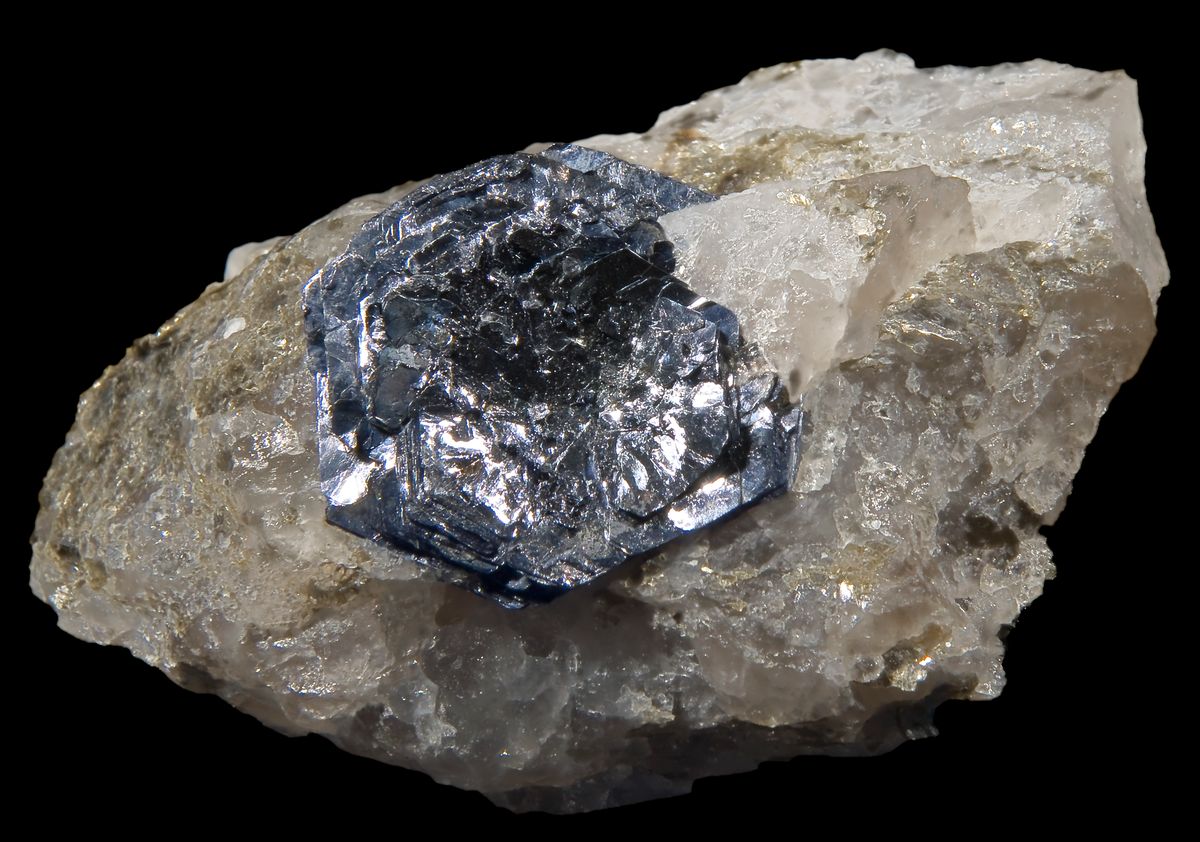
Molybdite, also known as molybdenum trioxide, is a fascinating mineral with a lot to offer. Did you know that this mineral plays a crucial role in the steel industry? It enhances the strength, hardness, and resistance of steel, making it indispensable. Found in nature as a yellowish-green crystal, molybdite is not just a pretty face. In fact, it’s used in various applications, from electronics to catalysts in chemical reactions. Ever wondered why your smartphone works so efficiently? Molybdite might be part of the reason! This mineral is also vital in the production of lubricants, ensuring machines run smoothly. Curious to learn more? Let's dive into 30 intriguing facts about molybdite that will leave you amazed!
Key Takeaways:
- Molybdite, a mineral composed of molybdenum and oxygen, has unique properties and uses in various industries, from catalyzing petroleum to forming pigments for ceramics and glass.
- While molybdite is valuable in industry, it requires careful handling due to its potential health and environmental impacts, making proper disposal and recycling essential for sustainable use.
What is Molybdite?
Molybdite, also known as molybdenum trioxide, is a fascinating mineral with unique properties and uses. It’s not as well-known as gold or silver, but it plays a crucial role in various industries. Let's dive into some intriguing facts about this lesser-known mineral.
Chemical Composition and Structure
Understanding the chemical makeup and structure of molybdite helps us appreciate its unique characteristics.
- Molybdite is composed of molybdenum and oxygen, with the chemical formula MoO3.
- It crystallizes in the orthorhombic system, which means its crystal structure is shaped like a rectangular prism.
- The mineral typically forms as thin, flaky crystals or powdery masses.
- Molybdite has a high melting point of 795°C (1463°F), making it useful in high-temperature applications.
- It is slightly soluble in water, which means it can dissolve to a small extent.
Physical Properties
The physical properties of molybdite make it stand out among other minerals.
- Molybdite is usually yellow or greenish-yellow in color, giving it a distinctive appearance.
- It has a vitreous to dull luster, meaning it can appear glassy or somewhat matte.
- The mineral has a Mohs hardness of 3.5 to 4, making it relatively soft compared to other minerals.
- Molybdite has a specific gravity of 4.7, indicating it is denser than many common minerals.
- It exhibits perfect cleavage in one direction, meaning it can easily split along a specific plane.
Occurrence and Formation
Where and how molybdite forms is just as interesting as its properties.
- Molybdite is commonly found in the oxidized zones of molybdenum-bearing ore deposits.
- It often occurs alongside other minerals like wulfenite, ferrimolybdite, and powellite.
- Significant deposits of molybdite have been discovered in countries like the United States, Chile, and China.
- The mineral can form through the weathering of molybdenite, another molybdenum mineral.
- Hydrothermal processes, involving hot, mineral-rich water, can also lead to the formation of molybdite.
Industrial Uses
Molybdite's unique properties make it valuable in various industrial applications.
- It is used as a catalyst in the petroleum industry to remove sulfur from fuels.
- Molybdite serves as a precursor for producing other molybdenum compounds and alloys.
- The mineral is utilized in the production of pigments for ceramics and glass.
- It plays a role in the manufacturing of lubricants, especially those designed for high-temperature environments.
- Molybdite is also used in the electronics industry for making certain types of transistors and diodes.
Environmental and Health Aspects
While useful, molybdite also has some environmental and health considerations.
- Exposure to molybdite dust can cause respiratory issues if inhaled over long periods.
- Proper handling and protective equipment are necessary when working with molybdite to avoid skin and eye irritation.
- Molybdite can be toxic to aquatic life, so care must be taken to prevent it from contaminating water sources.
- Recycling and proper disposal of molybdite-containing materials help mitigate environmental impact.
- Research is ongoing to develop safer and more sustainable ways to use and dispose of molybdite.
Fun and Lesser-Known Facts
Here are some fun and lesser-known tidbits about molybdite that might surprise you.
- Molybdite was first described in 1857 by the German mineralogist August Breithaupt.
- The name "molybdite" comes from the Greek word "molybdos," meaning lead, due to its association with lead ores.
- In ancient times, molybdenum minerals were often confused with graphite and lead ore.
- Molybdite can sometimes be found in meteorites, adding to its cosmic intrigue.
- Despite its industrial importance, molybdite is rarely used in jewelry or decorative items due to its softness and reactivity.
The Final Word on Molybdite
Molybdite, a fascinating mineral, holds a unique place in the world of geology. Its striking yellow color and rarity make it a prized find for collectors and scientists alike. This mineral, primarily composed of molybdenum trioxide, forms under specific conditions, often in the oxidized zones of molybdenum deposits.
Understanding molybdite's properties and formation can provide insights into geological processes and the environments where it forms. Its applications extend beyond mere curiosity, playing a role in various industrial processes due to its molybdenum content.
Whether you're a geology enthusiast or just someone intrigued by the wonders of the natural world, molybdite offers a glimpse into the complexity and beauty of Earth's mineral kingdom. Keep an eye out for this rare gem, and you'll appreciate the intricate details that make our planet so extraordinary.
Frequently Asked Questions
Was this page helpful?
Our commitment to delivering trustworthy and engaging content is at the heart of what we do. Each fact on our site is contributed by real users like you, bringing a wealth of diverse insights and information. To ensure the highest standards of accuracy and reliability, our dedicated editors meticulously review each submission. This process guarantees that the facts we share are not only fascinating but also credible. Trust in our commitment to quality and authenticity as you explore and learn with us.
